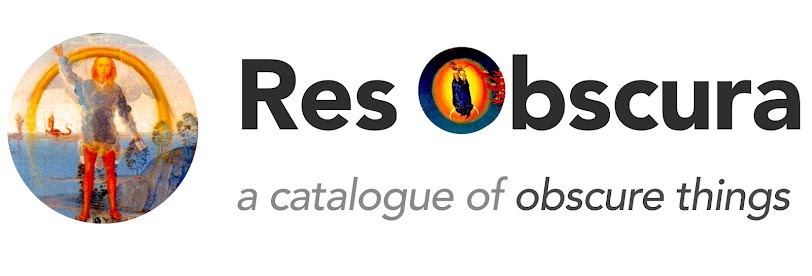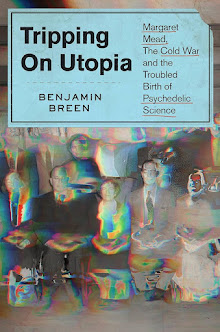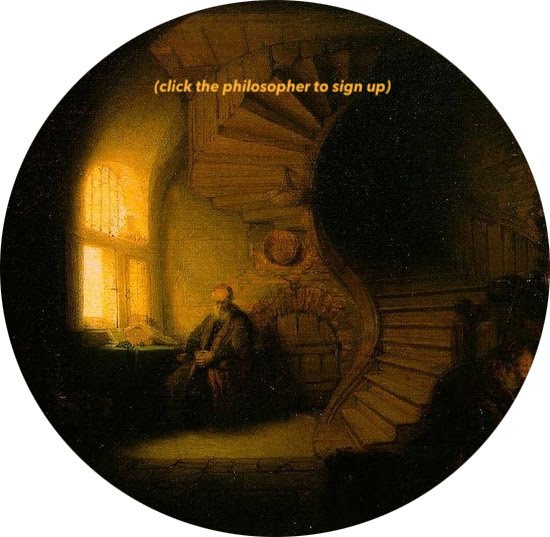Dutch Brazil, which officially called itself 'Nieuw Holland,' was a short-lived (1630-1654) state in the north-east of Brazil that resulted from the Dutch Republic's
aggressive policy of territorial expansion at the expense of the Portuguese colonies in the first half of the seventeenth century -- a policy that also led to the
Dutch occupation of Portuguese Angola between 1641 and 1648 and a number of annexations in Portuguese India, including the city of Cochin (see below).
These devestating defeats for the Portuguese crown sprang from a combination of factors -- the Dutch were a nation on the rise in this period, and the Portuguese, junior partners in the
Iberian Union of the 1580-1640 period, found themselves with diminished resources and man-power to defend their far-flung empire. The tide began to turn in the 1620s (see
my previous post on the Portuguese-Spanish defeat of the Dutch in Bahia, 1625), but the Dutch retained a foothold in Pernambuco and the north Amazon region until the 1650s, as shown by the map below.
One result of these geopolitical misadventures was a fascinating episode in the history of European art and the print culture of early modern natural history. The Dutch government encouraged painters, botanists and other observers of nature to visit the new colonies and record their observations of the strange new tropical lands that had fallen into the hands of the Dutch Republic. The painter
Albert Eckhout (1610-1665) was perhaps the most outstanding of these imperial observers. Below are a selection of some of his wonderfully observed paintings of Brazil's flora, fauna, landscapes and peoples. All images are from the National Museum of Denmark in Copenhagen unless otherwise noted, and were painted during Eckhout's travels in Brazil between 1637 and 1644:
 |
| "East Indies Fruits." |
 |
| Tupi Indian woman with child. |
 |
| Coconuts. |
 |
| Willem Piso's 1668 Historia Naturalis Brasilia (Natural History of Brazil), hand-colored frontispiece. Compare the figure at left to the Tupi Indian painted by Eckhout above. Piso traveled on the same expedition as Eckhout and fellow painter Frans Post, serving as a physician. |
The Dutch-Portuguese wars also led to a vacuum of European power in Formosa, present-day Taiwan. Weakened Dutch forces were chased from the island by Chinese military leader and admiral
Zheng Chenggong ( 郑成功), known to Europeans as Koxinga, in 1662. The resulting cut-off of European communication with the island allowed the famous eighteenth century impostor George Psalmanazar to invent a series of outlandish falsehoods about Formosa, as
detailed in my previous post on this fascinating figure.
For more on these beautiful paintings, see Rebecca Parker Brienen's
Visions of Savage Paradise (2007).
Charles Boxer's monograph The Dutch in Brazil 
is unfortunately out of print, but Benjamin Schmidt's
Innocence Abroad: the Dutch Imagination and the New World (2006) is a great general survey of Dutch empire and observation in the seventeenth century Americas - highly recommended.














3 comments:
There is a jaca in that painting with the fruit:
http://en.wikipedia.org/wiki/Jackfruit
It is wonderful to have the oportunity for to see how nice pictures from hollandaise in Brazil.l
I knew many others one when i went in Sao Luiz - Maranhão State
I live in Belo Horizonte, Minas state.
regina drumond
I had a unique opportunity to see many of Albert Eckhout´s paintings on display at the Brennand museum in Recife, Brazil in 2002. Not only were they great pieces but I was astounded to see how large they were. Some were 5´by 8´or larger so the figures in them were life sized.
Duane Meek, Vacaville, Calif. USA and now
Piedade, PE Brasil
Post a Comment